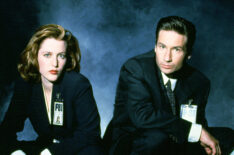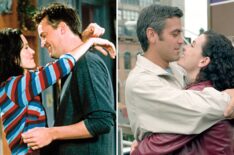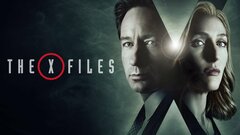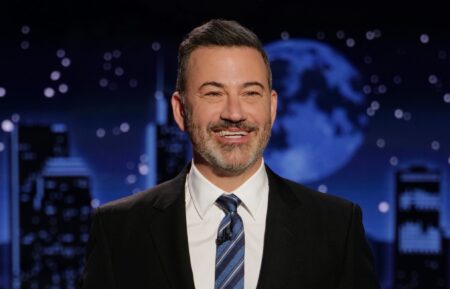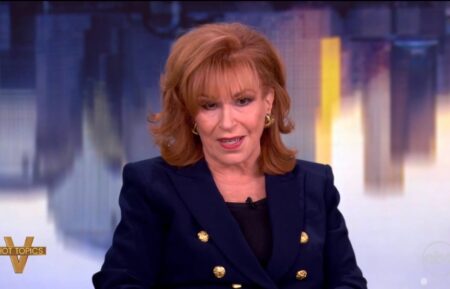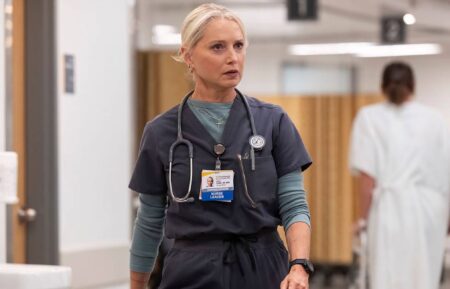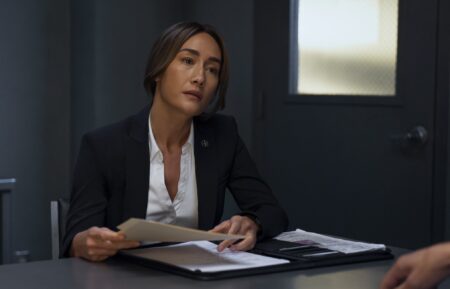7 Most ’90s Things About the ‘X-Files’ Pilot
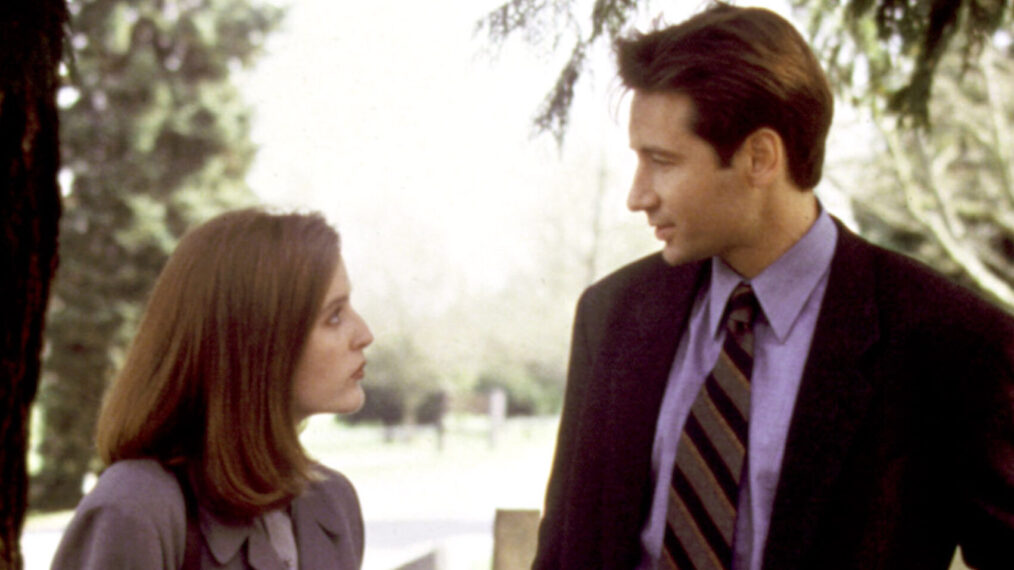
On September 10, 1993, the world met Fox Mulder (David Duchovny), the brilliant and “spooky” FBI agent who not only catalogued but “wanted to believe” in paranormal phenomena, and Dana Scully (Gillian Anderson), the doctor-turned-agent whose skepticism the Bureau entrusted to keep Mulder in check.
The X-Files debuted to decent ratings and favorable reviews. But the sci-fi drama quickly became a hit, eventually spawning two big-screen movies and two revival seasons.
So how does that very first episode hold up? From a narrative standpoint, it stands the test of time. Production-wise, though, it definitely shows its age.
Read on for the seven most ’90s things about the X-Files pilot.
The opening title sequence
This one’s kind of a cheat, because The X-Files’ opening title sequence made its debut in the second episode of the series. But we have to include it because it’s peak 1990s — a pastiche of low-fi “documentary” footage and “cutting-edge” digital graphics superimposed with “creepy” words. (See also: the Unsolved Mysteries intro.) Still, every X-Files fan adores this title sequence — so much so that creator Chris Carter brought it back in the 2010s for Seasons 10 and 11 instead of the modernized, high-definition version that debuted in Season 9.
The hairstyles
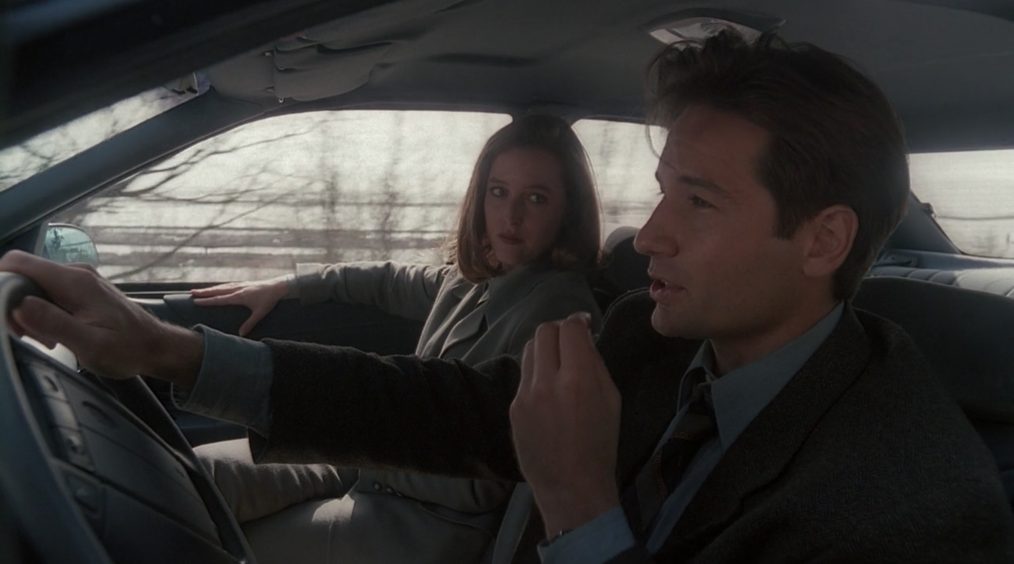
Props to Scully for not hairspraying her hair to the heavens — in this first episode, at least — but that that styling still wouldn’t fly today. Mulder’s voluminous ‘do, meanwhile, suggests he spends way more time primping than she does.
The fashion
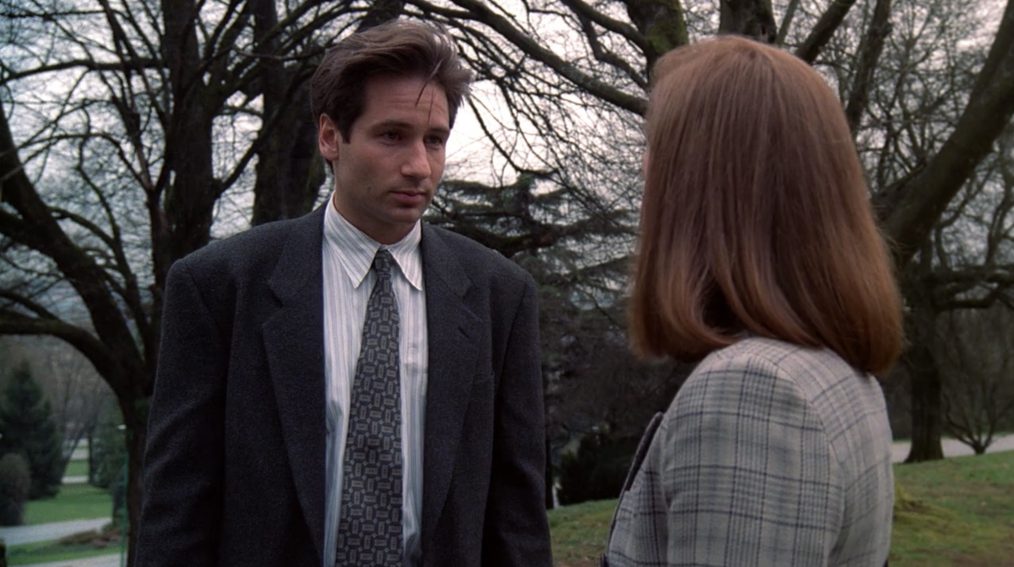
Scully spends much of the pilot episode wearing a gray plaid suit skirt suit that one blogger describes as “a look that says, ‘I can tell the rest of my life is going to suck real bad.’” And Mulder, entire jumbo jets can land on those shoulder pads.
The technology
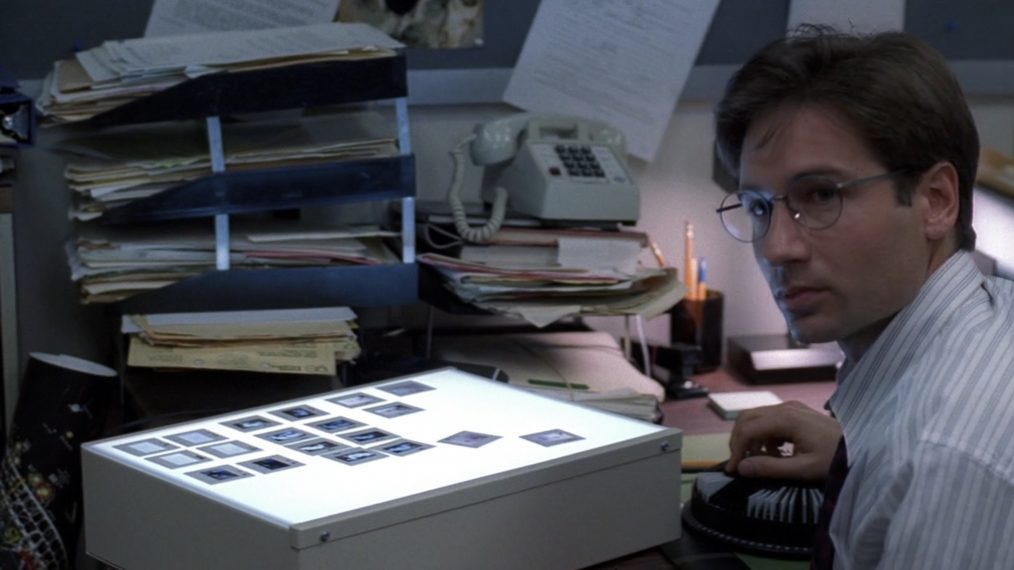
Observe this glorious moment from the pilot, wherein Mulder inspects photographic slides — slides! — using a lightbox. And yep, there’s a push-button landline phone on his desk. Elsewhere in the episode, we see Scully typing on a behemoth of a laptop computer and Mulder driving a Ford Taurus, a model that Ford has since discontinued.
The score
Composer Mark Snow isn’t just a master, he’s a workhorse — churning out music for hundreds of episodes of The X-Files, Smallville, and Blue Bloods. And his X-Files theme is iconic and instantly recognizable. But on television, synth-heavy keyboard work like Snow’s has given way to orchestral arrangements. X-Files successor Fringe used scores performed by the Hollywood Studio Symphony, for example.
The effects
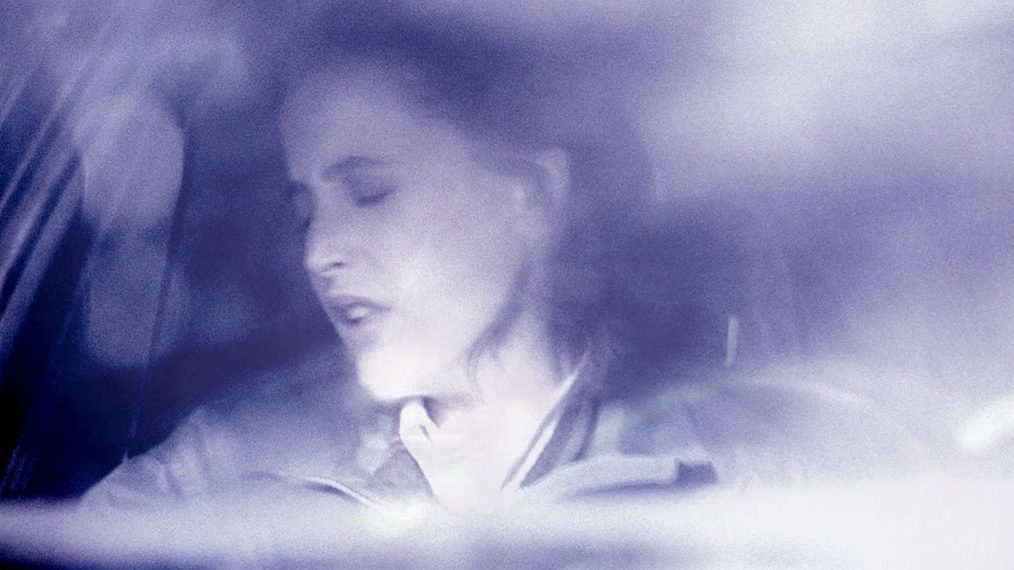
To its credit, the X-Files pilot features a lot of physical effects. When an unknown arsonist torches Mulder and Scully’s motel room to destroy evidence, for instance, the motel really does go up in flames, whereas modern-day-productions would probably just add in some CGI flames. But other effects in this series premiere are delightfully tacky. When our heroes drive through some sort of time wormhole, we just see overexposed freeze-frames of them wincing.
The cinematography
Many of the X-Files seasons, Season 1 included, aired on Fox in standard definition with a 4:3 aspect ratio — which was, in the days of vacuum-tube televisions, “fullscreen.” Since then, happily, the show has been restored to 16:9 “widescreen” and remastered in HD for streaming on platforms like Hulu. But still, the muted colors and the low contrast ratio definitely pegs episodes like the pilot as products of the ‘90s. But hey, who’s complaining?


